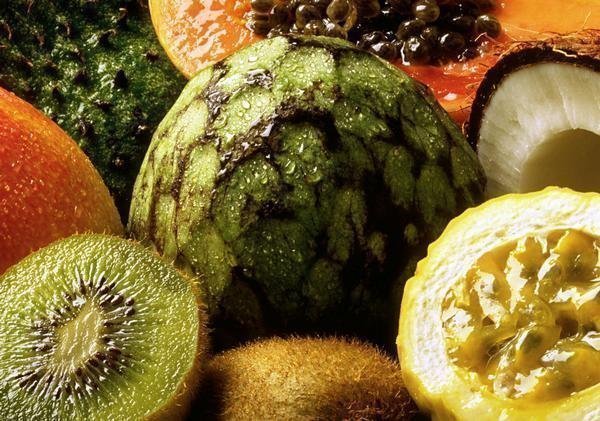When we travel, we realize that there are so many gastronomical differences between countries. And not only in the way that people elaborate their plates, but also in the products of the land, as, for example, fruits. The climatology and the soil – among others – make that a fruit grows in some places and doesn’t grow in others. There are people that keep the fruit seeds and cultivate them by themselves in their own orchard – but at the end, they don’t have the same characteristics or flavours. That’s why you should go to the origin country and try them. We show you the ones that we like the most.
Kumquat: It’s called the small orange or Chinese orange and, unlike the original one, you can also eat the peel – which has a sweet flavour. The pulp is acid and even a little spicy. It’s a fruit with a lot vitamin C content and important minerals such as potassium and magnesium. It has antioxidant attributes and a lot of fiber. It comes from the East of Asia and it is mainly cultivated in Japan and China.
Rambutan: It’s also known as hairy Lychee. Its content is mostly water and it has a lot of carbohydrates. It is noteworthy its content in vitamins C and fiber, which helps to improve bowel transit. Originally from Malasia, it’s also cultivated in some places in India, Costa Rica, Thailand, Ecuador, etc.
Pitahaya: There are two types: red one and yellow one. Both of them are used to elaborate yoghurts, jams and cocktails, also. It’s a very sweet fruit and it contains a lot of water, so it has low caloric value and it has no carbohydrates. The red one has a lot of vitamin C content and it helps to the bone and teeth formation and it also has an antioxidant action. It helps to prevent cardiovascular and degenerative diseases. You will find them in Mexico, although they’re very popular in the Oriental world, Australia and Israel.
Torombolo: It’s also known as tamarindo, carambola, starfruit… It has an acid flavour, but if you add to its juice some water and sugar, you will elaborate a really yummy cocktail – that is typical of Tropical countries. This fruit has also a lot of vitamin C content. The pulp has a lot of calcium and fiber. And its content in potassium is also noteworthy. It comes, originally, from Indonesia and Malasia but it’s also cultivated in Brazil, Colombia, Bolivia, etc.

